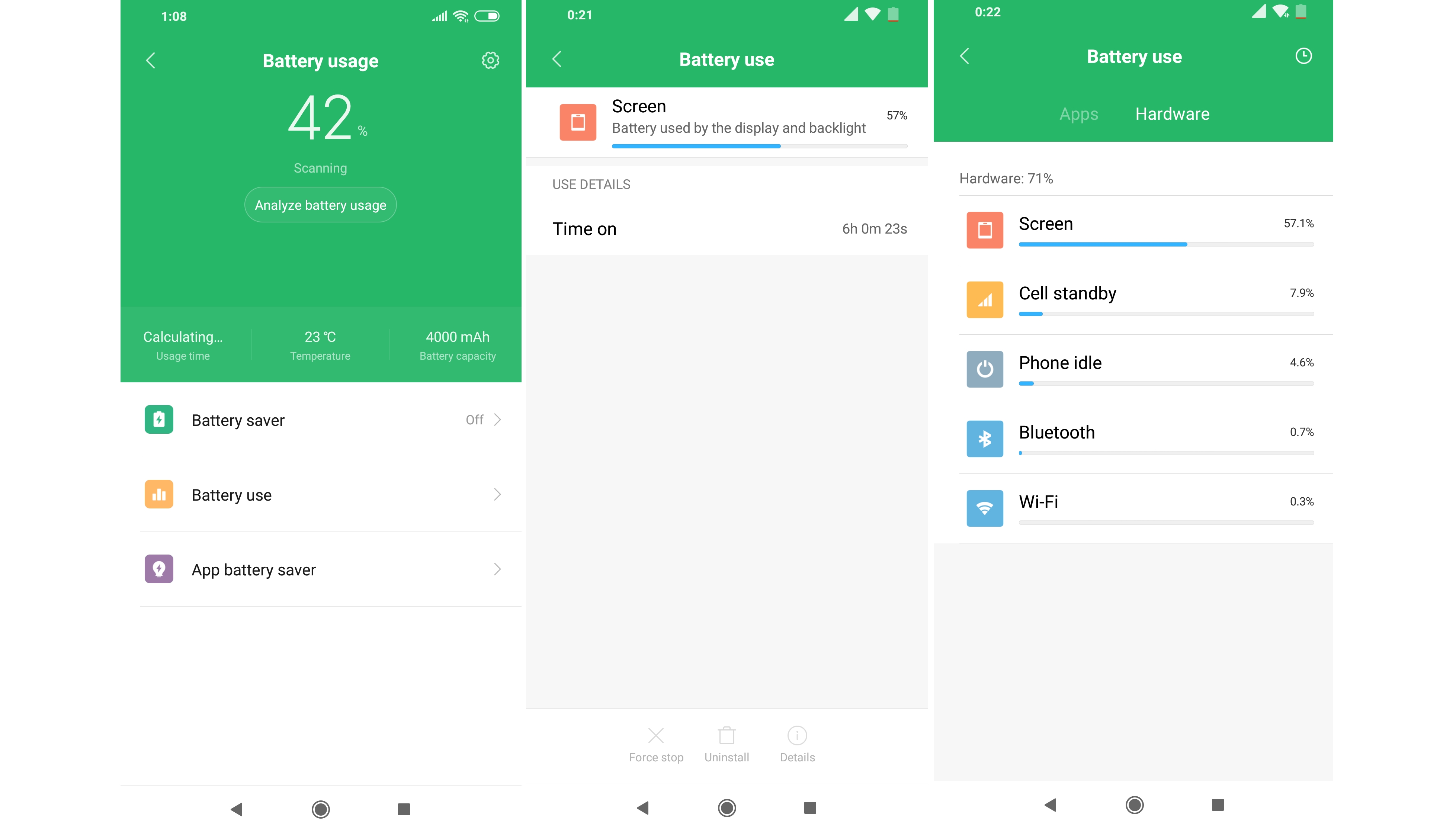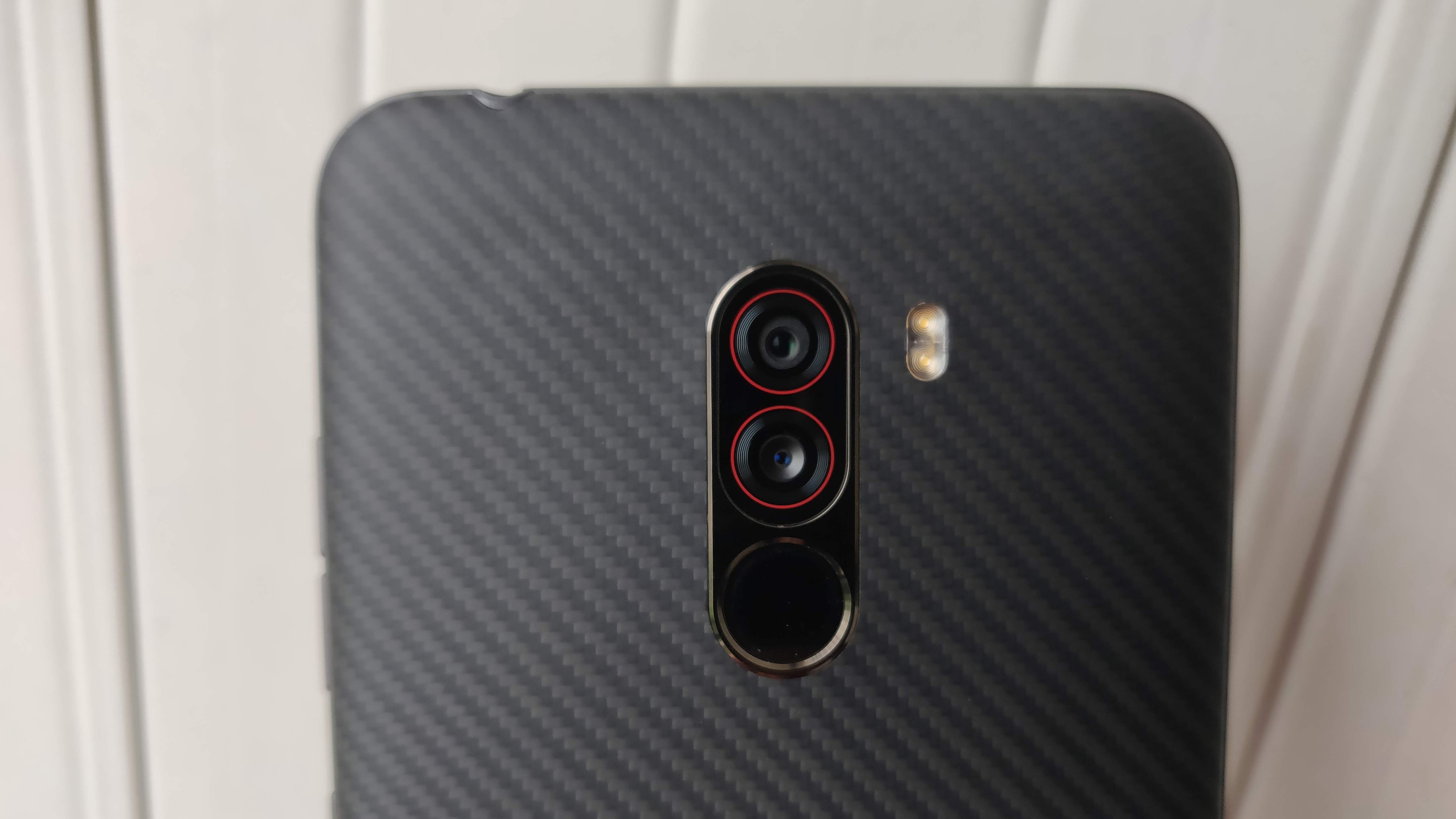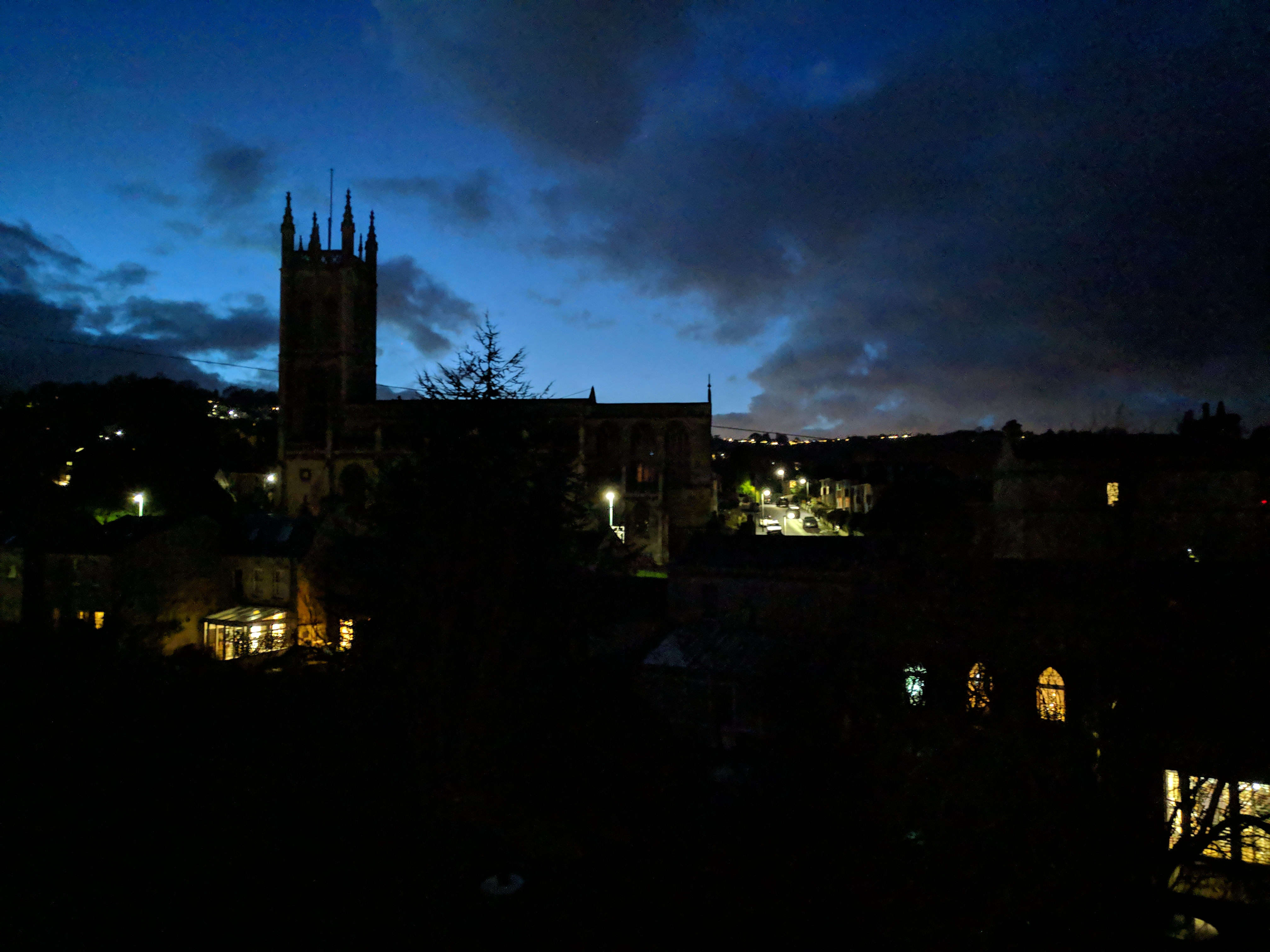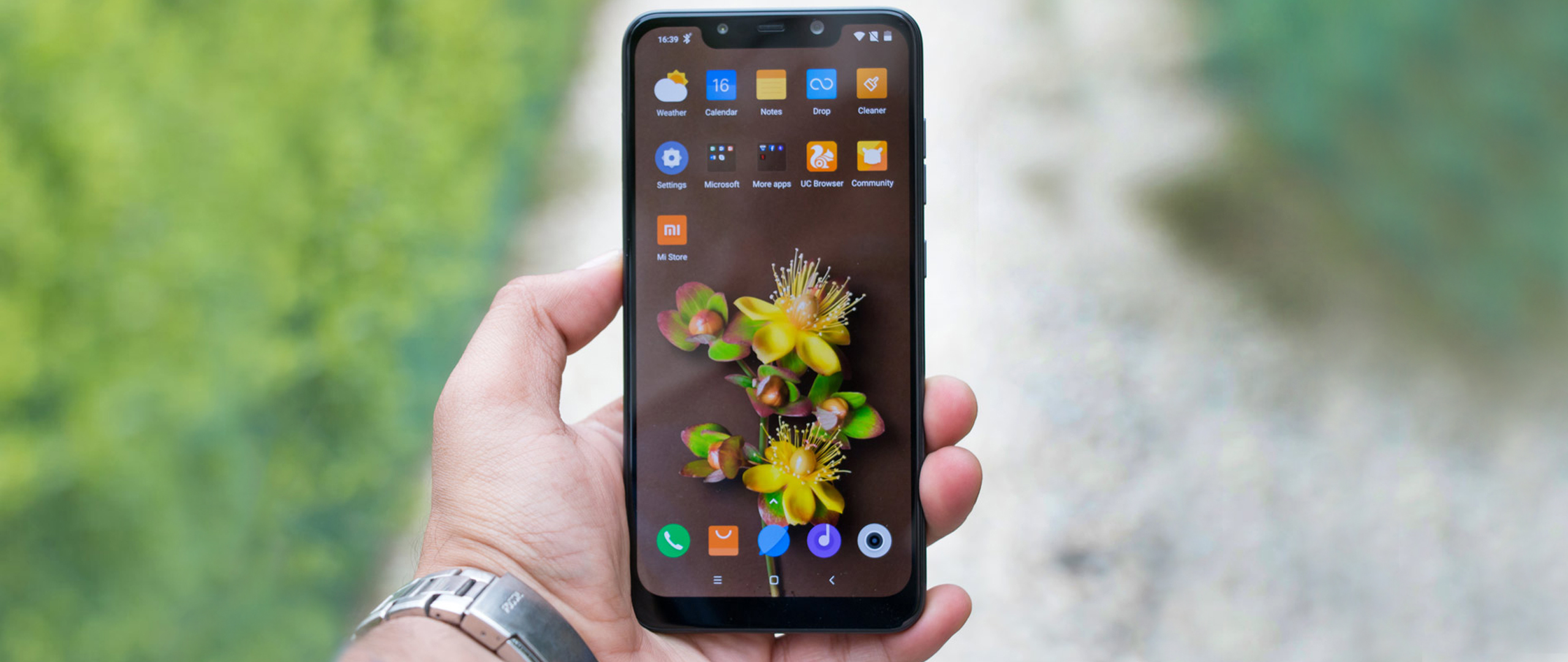Why you can trust TechRadar
Battery life
- Big 4,000mAh battery
- Easily lasts a day of heavy use, may stretch to two with light use
With a 4,000mAh battery, our expectations were high for the endurance of the Pocophone F1, and luckily these were mostly met.
Starting with standby time, this was among the most impressive features. Likely due to some judicious RAM management in the background, along with aggressive software surveillance of rogue apps, we saw the Pocophone battery drop an average of 3% across the course of a night while unplugged.
Into the daytime, waking up at 06:30, reading on the commute while streaming music over Bluetooth, receiving hundreds of messages and emails throughout the day, followed by the same commute in reverse, a little gaming and a TV show later, by 6pm we reached 75% and by midnight we were regularly on 40%.

This is a strong showing overall. Lighter users should easily be able to coax two days out of the handset, while power users should always be able to make it through a full day.
Running our TechRadar battery test (streaming a 90-minute video at full resolution over WiFi), we saw the battery drop from 100% to 88%, again an inspiring showing.
While many handsets that are significantly more expensive fail to make it through even a light day, this kind of performance is really what everyone should be aiming for - props to Xiaomi.
Camera
- Dual-lens rear camera can take decent pictures
- AI scene recognition often leads to unnatural colors
- No OIS
The Pocophone F1, on paper, boasts some serious camera chops - with a 12MP f/1.9 main rear camera and a 5MP f/2.0 depth sensing second sensor for portrait mode, along with a 20MP front-facing sensor.
Sign up for breaking news, reviews, opinion, top tech deals, and more.
One notable omission though which would have been a significant help is optical image stabilization (OIS), which makes a real difference in low light situations.
Jumping into the camera app, as mentioned before it is clear where ‘creative inspiration’ was taken, as this is almost a complete clone of the iPhone equivalent.
Users can swipe left and right for ‘Square’ mode, ‘Panorama’ mode, ‘Portrait’ mode and more. There is even a stab at a ‘Pro’ mode, allowing adjustments to shutter speed, white balance and more.

Auto HDR is also on by default, springing into life when the device deems it necessary. This is judged by the onboard ‘AI’, which is essentially just advanced scene recognition.
In certain situations it can make a positive difference, however it boosted colors a little too much for our liking in most scenes tested. Greens in particular became an awful shade of nuclear astro turf, so this is an area which needs some work.
On the whole however, shot to shot times are quick and the unit is capable of capturing some very nice images. Detail retention is solid, sharpness isn’t overdone and the dynamic range is more than adequate in most cases.
For low light, the situation changes, as the camera can’t drop shutter speeds significantly, due to the omission of OIS, so it's certainly not as impressive.
Regardless, this is a snapper which will be good enough for most people, most of the time, and is certainly one of the finest examples available at this price point.
Camera Samples





Current page: Battery life and camera
Prev Page Performance and software Next Page Verdict and competition
Sudhanshu Singh have been working in tech journalism as a reporter, writer, editor, and reviewer for over 5 years. He has reviewed hundreds of products ranging across categories and have also written opinions, guides, feature articles, news, and analysis. Ditching the norm of armchair journalism in tech media, Sudhanshu dug deep into how emerging products and services affect actual users, and what marks they leave on our cultural landscape.
His areas of expertise along with writing and editing include content strategy, daily operations, product and team management.
